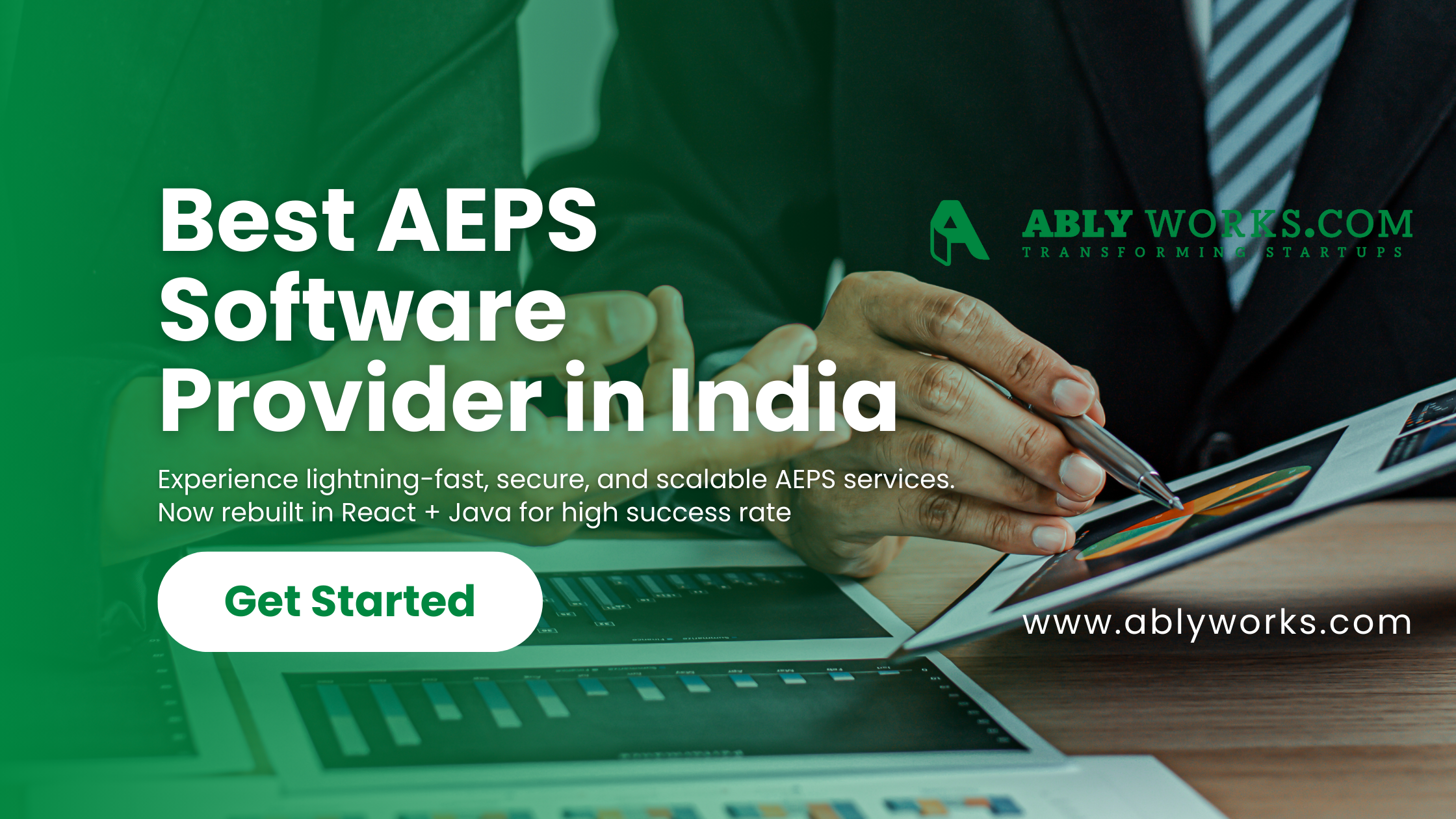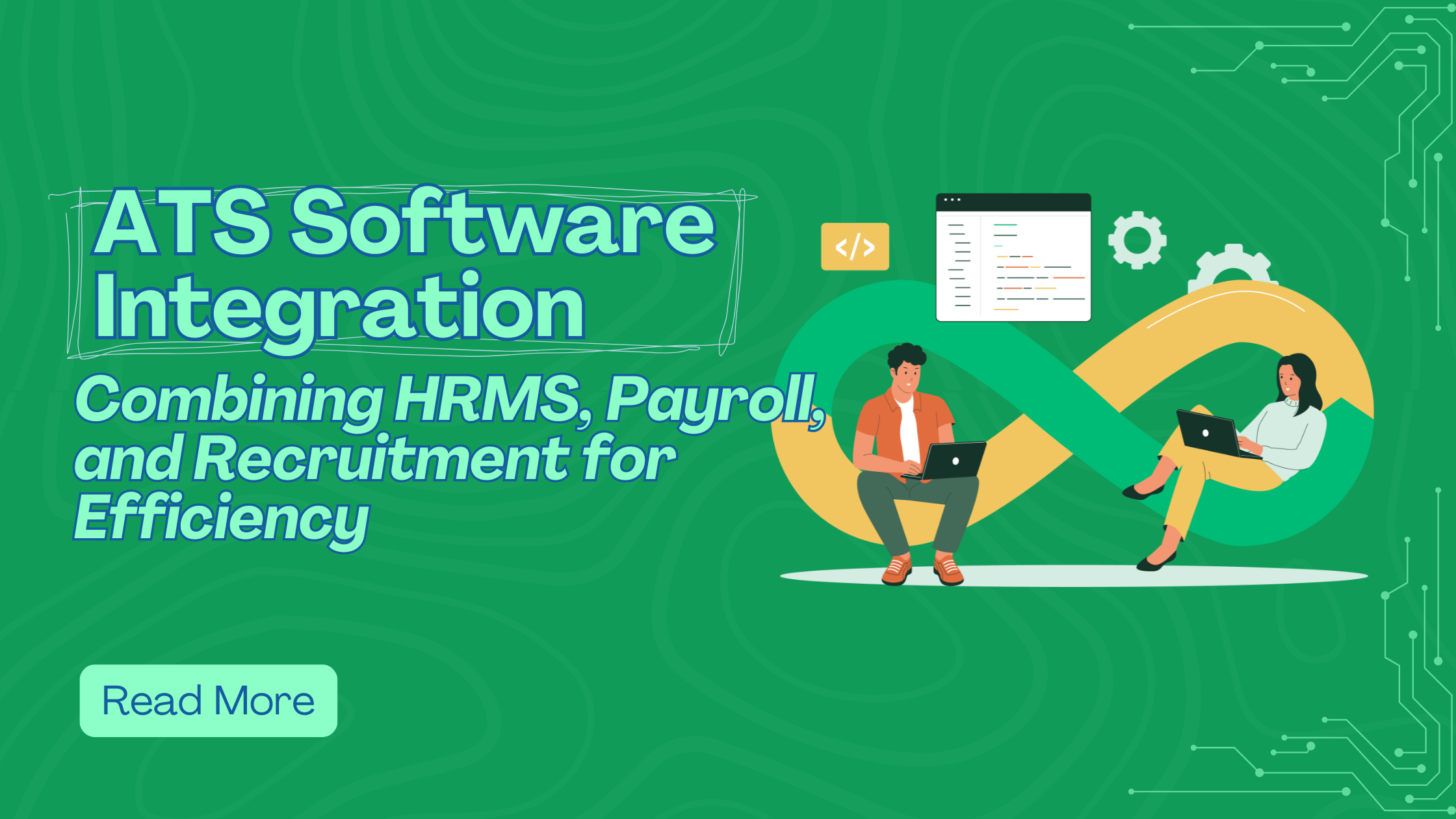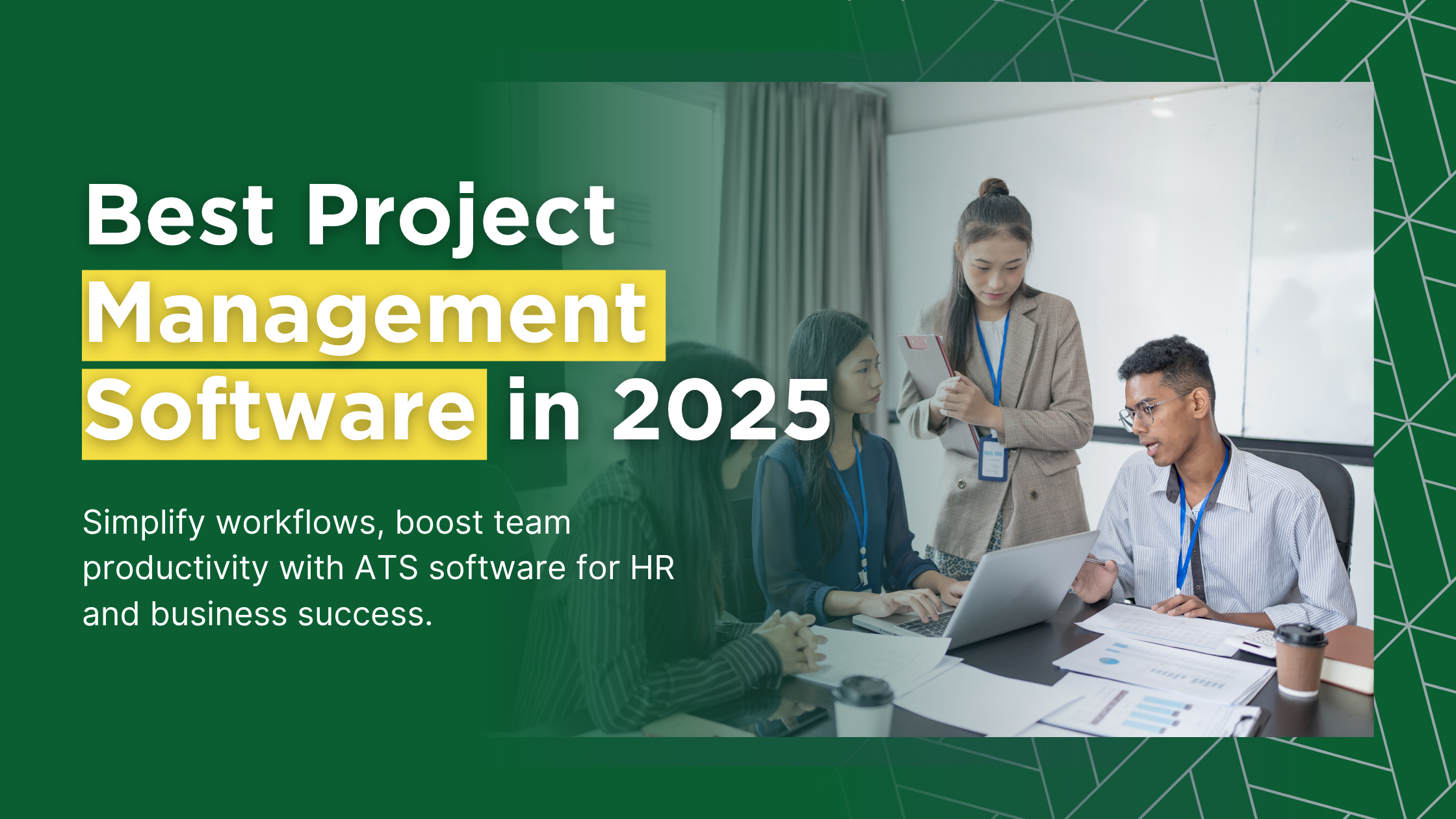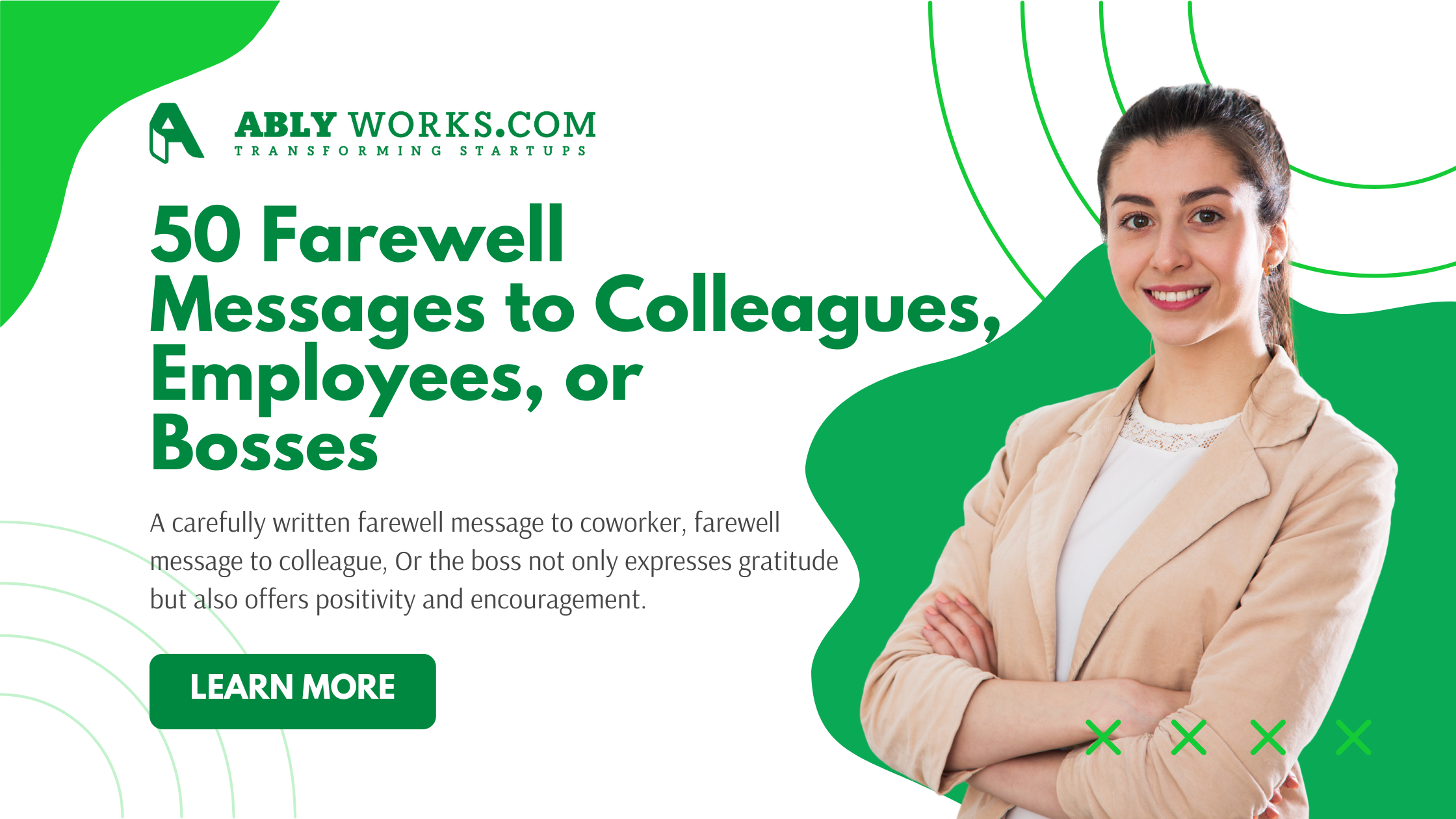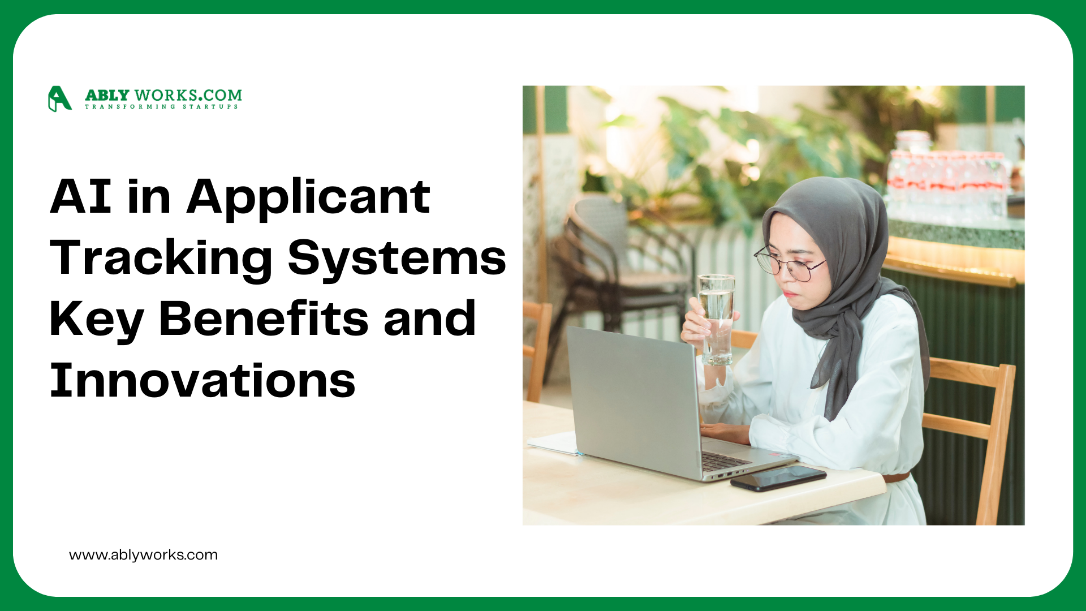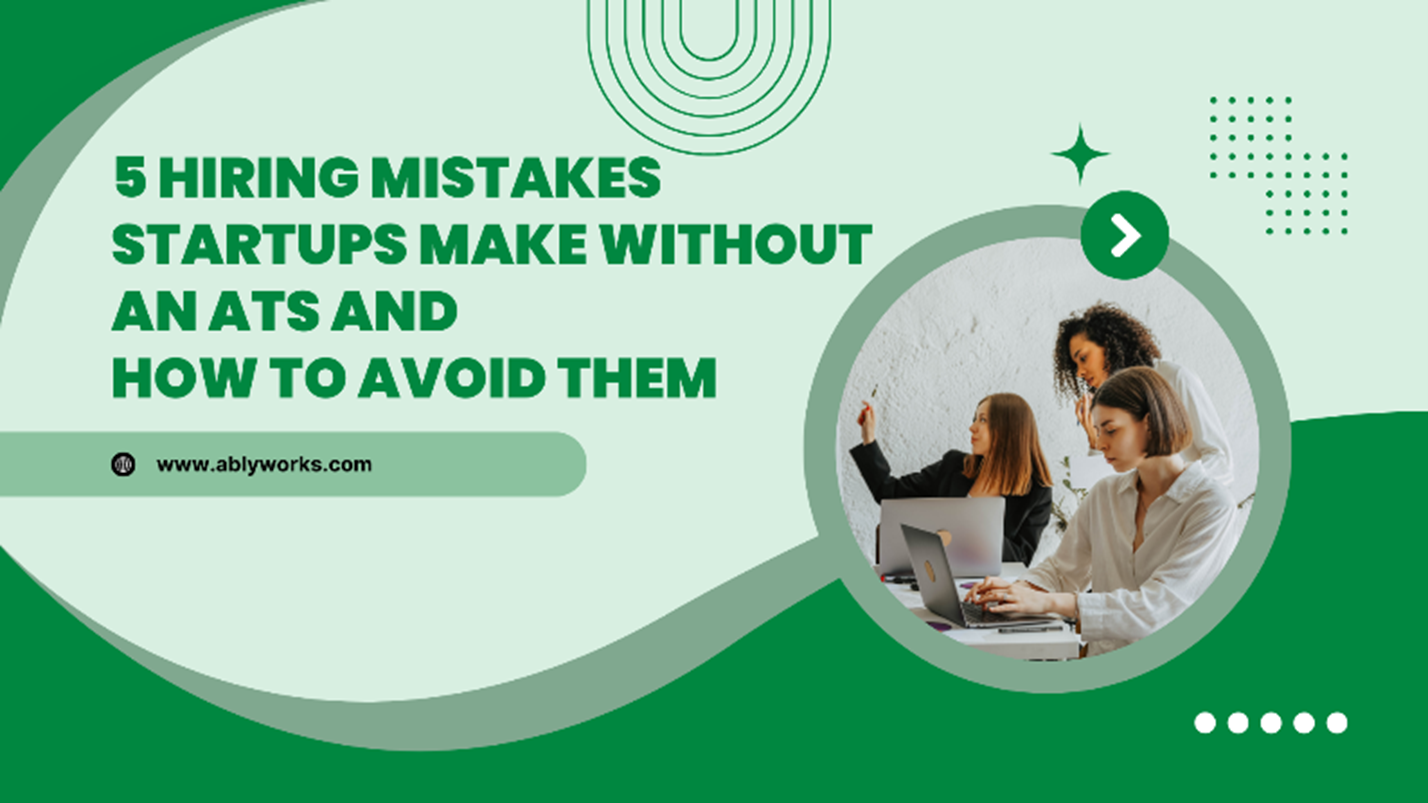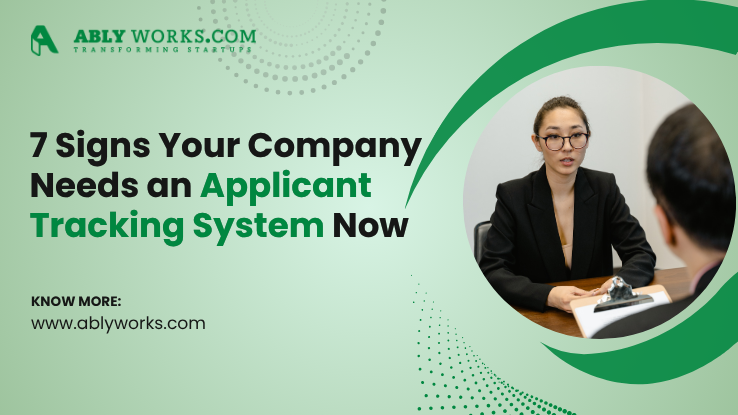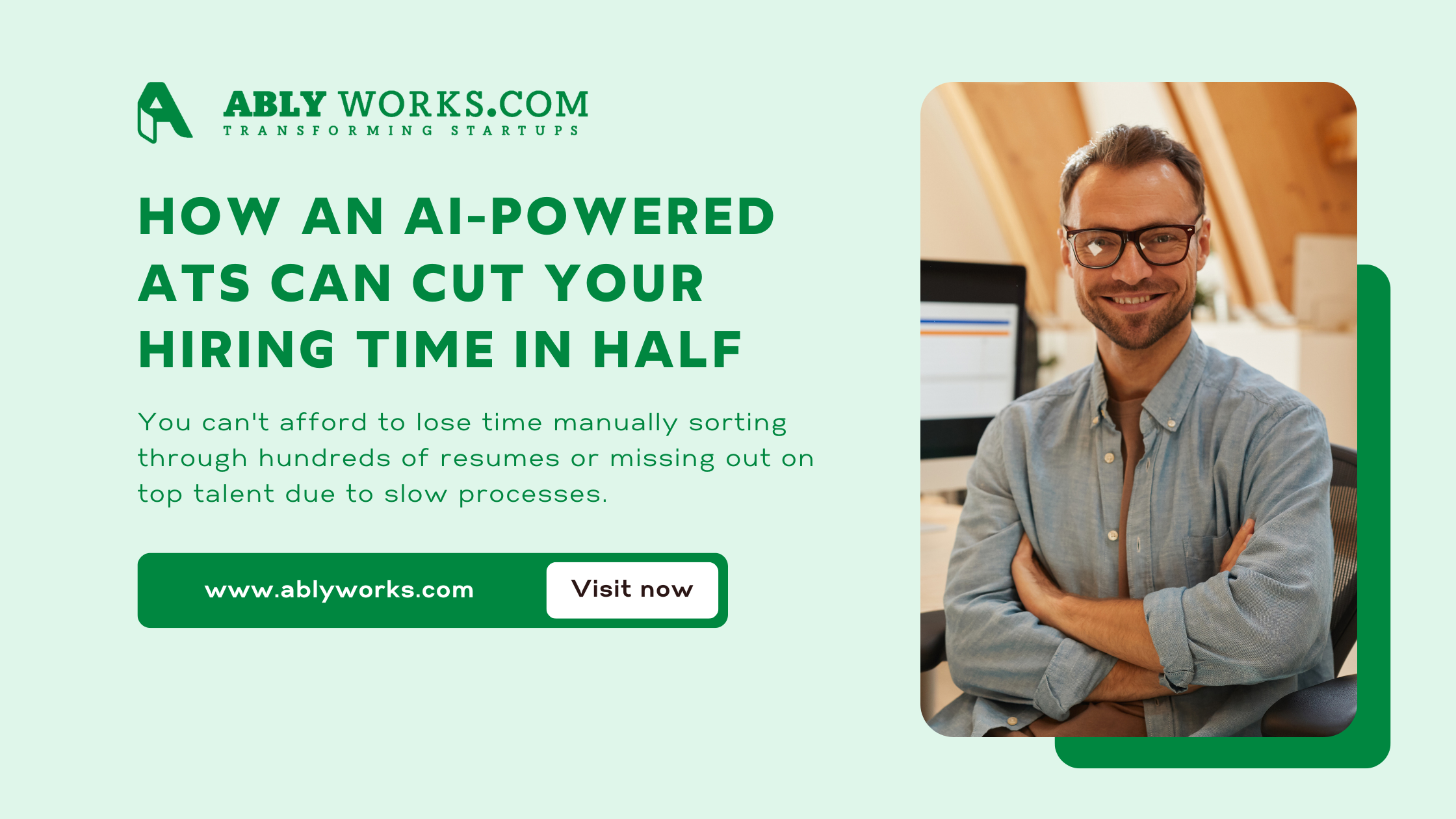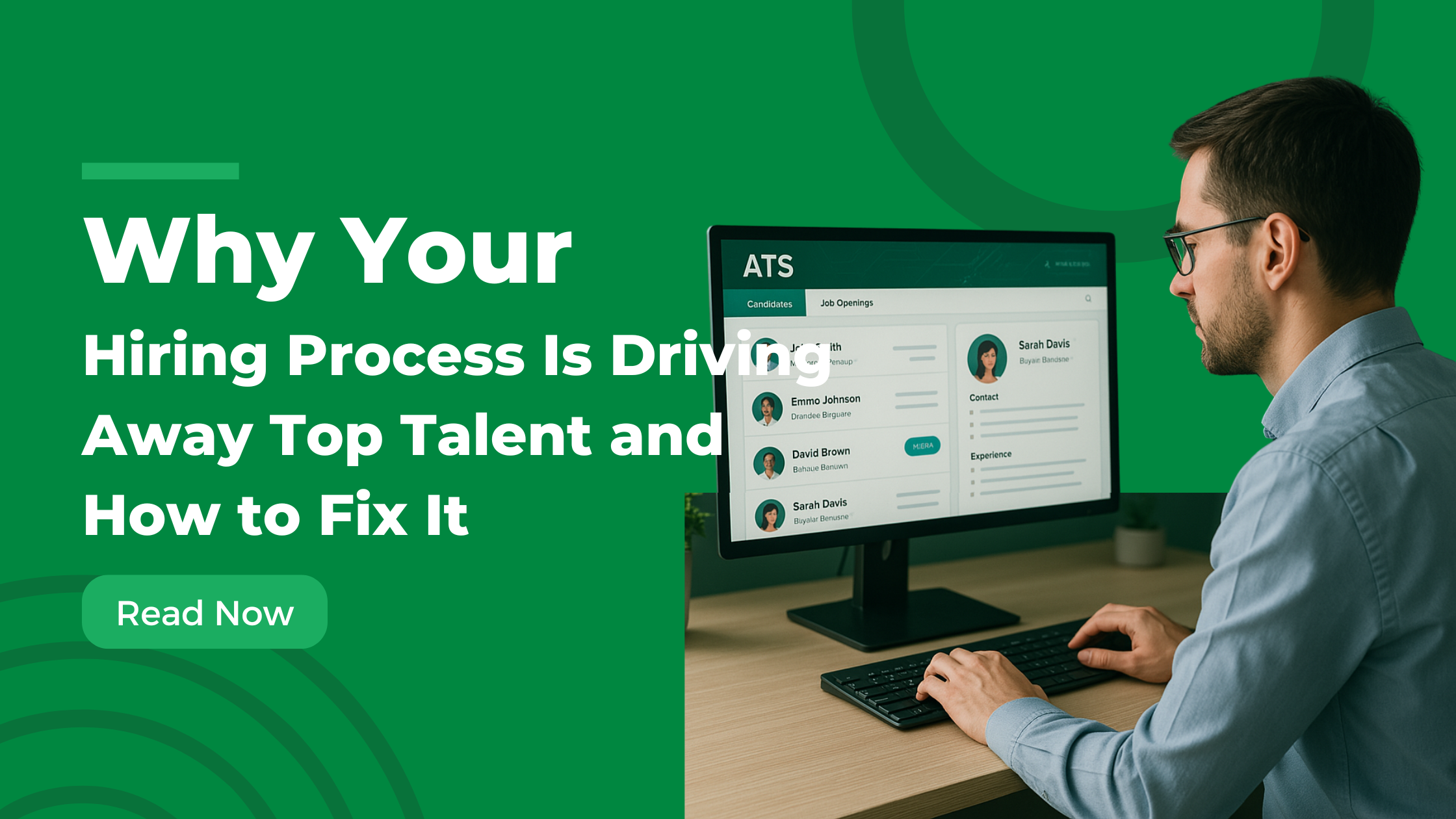
Hiring top talent has become more than just filling open roles—it’s about creating an exceptional candidate experience, moving with speed and precision, and aligning your recruitment strategies with modern workforce expectations. Unfortunately, many companies still use outdated practices that drive great candidates away. Let’s explore why this happens and how you can fix it.
Your Application Process Is Too Complicated
In today’s fast-paced world, candidates expect quick and user-friendly application processes. Long forms, clunky interfaces, and redundant questions signal to candidates that your company might be stuck in the past.
A CareerBuilder study revealed that 60% of applicants abandon a job application because it’s too lengthy or complex. If you’re asking for work history, forcing a resume upload, and then requesting the same details manually, you're already losing top-tier candidates. You can also use the Applicant tracking system For better and easy hiring.
How to Fix It:
- Use an ATS software that supports resume parsing to automatically extract information from uploaded resumes.
- Limit the number of application steps. Only ask for essential information initially.
- Ensure your application process is mobile-friendly. Many candidates apply from their phones.
- Offer “apply with LinkedIn” or “apply with resume” options for quick submissions.
You’re Taking Too Long to Make Decisions
Time-to-hire is one of the most crucial metrics. Studies show that top candidates are often hired within 10 days. A slow recruitment process not only frustrates candidates but also risks losing them to competitors.
How to Fix It:
- Use an ATS to track candidates, assign roles to hiring managers, and keep things moving.
- Set internal deadlines for every hiring stage.
- Keep candidates informed at every step—radio silence is a dealbreaker.
- Reduce the number of interview rounds to a maximum of 2–3.
Your Job Descriptions Are Vague or Misleading
A strong job description does more than list responsibilities—it tells a story. Yet many companies fail here, either by being too vague, too demanding, or using language that unintentionally alienates candidates.
How to Fix It:
- Clearly define job roles, outcomes, and expectations.
- Avoid excessive jargon. Keep it human.
- Include insights about company culture, growth opportunities, and team structure.
- Be transparent about salary and benefits.
You Don’t Prioritize Candidate Experience
The hiring journey is also a candidate’s first experience with your brand. Ghosting candidates after interviews, poor communication, or confusing instructions leave a lasting negative impression.
A negative candidate experience can even affect your bottom line. According to a report by IBM, candidates who are treated poorly are more likely to turn down offers, discourage others from applying, or stop doing business with the brand entirely.
How to Fix It:
- Set up automated candidate updates through your ATS.
- Send feedback—even if it’s a rejection, candidates appreciate closure.
- Make your interview process clear. Share timelines and expectations upfront.
- Use candidate experience surveys to collect feedback and improve.
You’re Ignoring Passive Candidates
Some of the best hires are not actively job-seeking. Passive candidates might be open to change if approached correctly, but they won’t jump through hoops.
How to Fix It:
- Use recruitment CRM tools to build a talent pool and nurture passive candidates.
- Personalize your communication—reference their work, experience, or shared connections.
- Highlight what’s in it for them: growth, flexibility, and purpose.
You Don’t Leverage Data for Better Hiring Decisions
Without data, you're guessing. Data can tell you where candidates drop off, which sources bring top talent, how long it takes to hire, and more.
How to Fix It:
- Implement HR analytics tools to gain hiring insights.
- Track time-to-fill, source of hire, candidate drop-off points, and quality-of-hire metrics.
- Use dashboards to make real-time decisions and improve performance.
You’re Over-Reliant on Manual Processes
Manually scheduling interviews, reviewing resumes one by one, and managing communications through email is inefficient and error-prone.
How to Fix It:
- Use an ATS to automate resume screening, scheduling, and email communication.
- Centralize feedback collection so your hiring team can collaborate effectively.
- Integrate your ATS with your HRMS to reduce duplication during onboarding.
You Lack Employer Branding
Candidates are researching your company before applying. If they find outdated information, poor reviews, or no sign of your culture, they’ll be hesitant.
How to Fix It:
- Build a compelling careers page that reflects your mission, values, and employee success stories.
- Encourage employees to share company content on LinkedIn.
- Respond to reviews on sites like Glassdoor to show you care about feedback.
You’re Not Offering Enough Flexibility
Post-pandemic, flexibility is a major priority for job seekers. Candidates are looking for companies that value work-life balance, offer hybrid or remote work, and understand the need for autonomy.
How to Fix It:
- Mention flexible work options directly in your job listings.
- Offer perks like wellness programs, mental health days, or work-from-home stipends.
- Regularly gather employee feedback to understand what benefits matter.
You Don’t Collect Feedback on Your Hiring Process
Without feedback, you’ll never know what’s working or what’s broken. Candidate and employee insights are critical for improving the hiring experience.
How to Fix It:
- Send anonymous feedback forms to candidates after each hiring stage.
- Analyze trends—did multiple candidates complain about the same issue?
- Use feedback to train hiring managers and refine processes.
Why AblyWorks Is the Solution You Need
AblyWorks offers an all-in-one recruitment suite designed to modernize and simplify your hiring process. With integrated ATS, HRMS, resume parsing, automation, and analytics tools, AblyWorks helps companies:
- Reduce time-to-hire
- Improve candidate experience
- Make data-backed hiring decisions
- Seamlessly onboard new employees
FAQs
1. How do I know if my hiring process is broken?
Look for signs like high candidate drop-off rates, long time-to-fill, or poor feedback.
2. How many interview rounds are ideal?
Two to three rounds are sufficient for most roles. More can fatigue and frustrate candidates.
3. What is an ATS and why do I need it?
An ATS automates and streamlines recruitment tasks like resume screening, scheduling, and communication.
4. Can automation reduce hiring bias?
Yes, when used properly, automation helps standardize processes and reduce unconscious bias.
5. Should I disclose salary in job listings?
Yes, transparency builds trust and attracts qualified applicants.
6. How do I engage passive candidates?
Personalize outreach, highlight growth, and use a recruitment CRM to stay in touch.
7. What metrics should I track?
Time-to-hire, source of hire, candidate satisfaction, and quality of hire.
8. How does employer branding affect hiring?
A strong employer brand attracts top talent and builds trust before candidates even apply.
9. What are the benefits of integrated HRMS?
It streamlines onboarding, performance tracking, and employee management in one platform.
10. How can AblyWorks improve my hiring?
With tools for automation, analytics, branding, and onboarding, AblyWorks simplifies your entire hiring journey.
